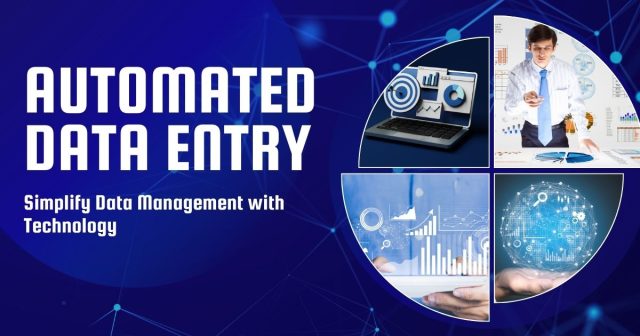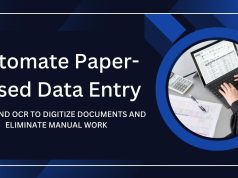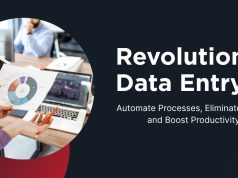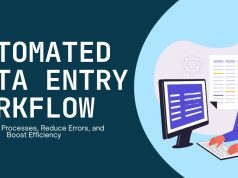Manual data entry consumes a considerable amount of time across organizations worldwide. Employees spend their days transferring information from one system to another, copying numbers from invoices into spreadsheets, and manually updating customer records. This repetitive work not only drains productivity but also introduces human error into critical business processes.
Automated data entry applications offer a transformative solution. These intelligent systems can extract, process, and input data with remarkable speed and accuracy, freeing your team to focus on strategic initiatives that drive growth.
Whether you’re a small business owner overwhelmed with paperwork or an enterprise leader seeking operational efficiency, understanding automated data entry technology can revolutionize how your organization manages information.
What is Automated Data Entry?
Automated data entry refers to technology that captures, processes, and inputs data without manual intervention. These systems use various technologies, including optical character recognition (OCR), artificial intelligence, and machine learning, to read documents, extract relevant information, and populate databases or applications.
Unlike traditional manual processes, where employees type information by hand, automated systems can process hundreds or thousands of documents in minutes. They recognize text, numbers, checkboxes, and even handwritten notes, converting them into structured digital data.
The technology works across multiple data sources: scanned documents, PDFs, emails, forms, invoices, receipts, and even images captured by mobile devices. Once processed, the extracted data can be automatically entered into CRM systems, accounting software, databases, or any other business application.
Key Benefits of Automated Data Entry Applications
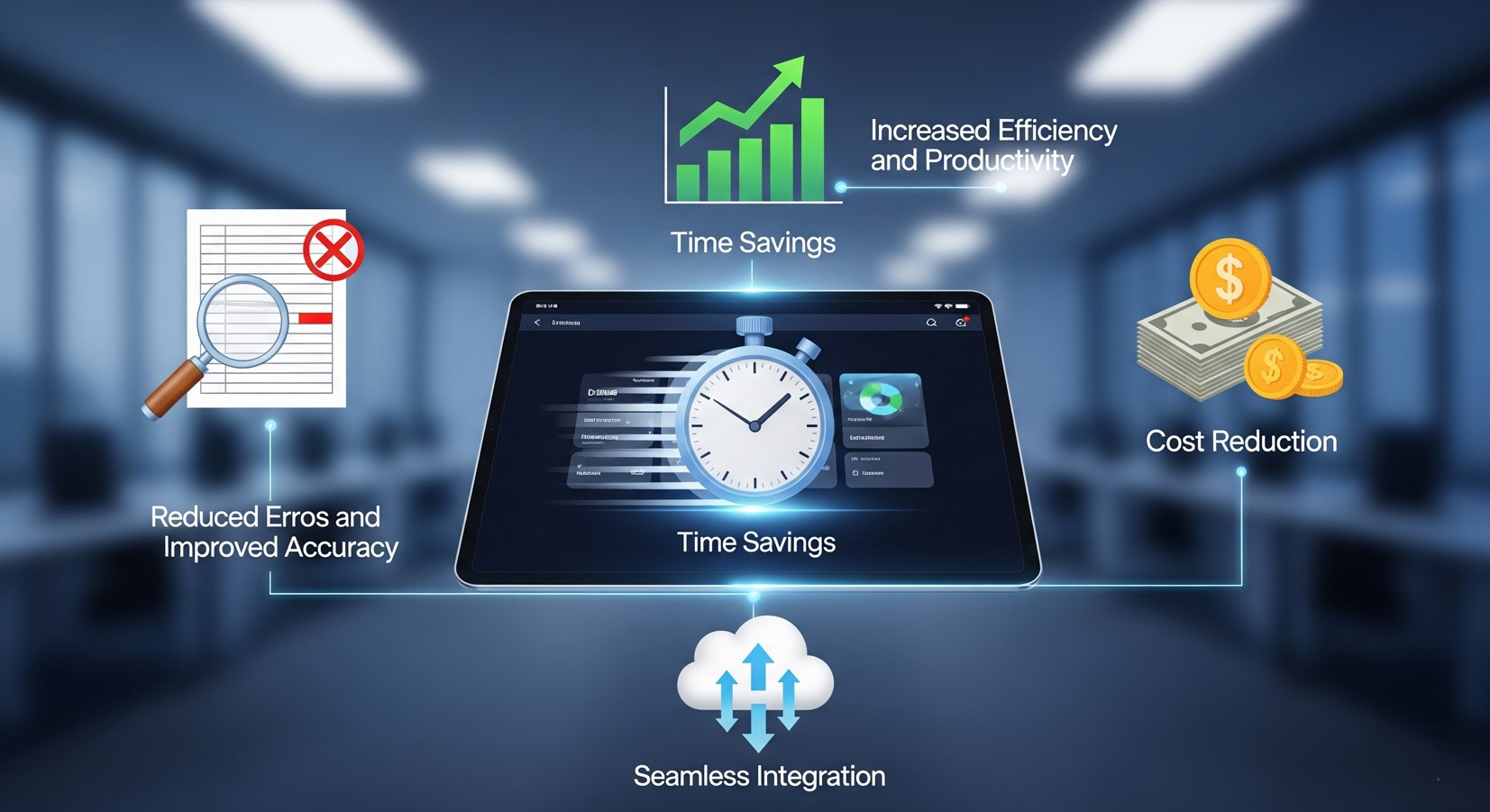
Enhanced Accuracy and Reduced Errors
Human data entry carries an inherent error rate. Studies show that manual data entry accuracy ranges from 96% to 99%, meaning even skilled operators make mistakes in 1 to 4 out of every 100 entries. These errors compound over time, creating data quality issues that can impact business decisions.
Automated data entry applications achieve accuracy rates exceeding 99.5% when properly configured. Machine learning algorithms continuously improve recognition capabilities, learning from corrections and becoming more accurate with each processed document.
Dramatic Time Savings
Consider the time investment required for manual data entry. Processing a single invoice might take 5-10 minutes. Multiply this across hundreds or thousands of documents monthly, and the hours add up quickly.
Automated systems can process the same invoice in seconds. Documents that would take a full-time employee weeks to handle can be processed in hours, allowing organizations to reallocate human resources to higher-value activities.
Cost Reduction
Labor represents the largest expense in data entry operations. By automating these processes, organizations can significantly reduce personnel costs while maintaining or improving output quality.
Additionally, automated systems eliminate overtime expenses and reduce the need for temporary staff during peak processing periods. The initial investment in automation technology typically pays for itself within months through reduced labor costs.
Scalability and Flexibility
Manual data entry creates bottlenecks during busy periods. Hiring additional staff takes time, and training new employees introduces temporary productivity decreases.
Automated data entry applications scale instantly. Processing capacity can be increased without hiring delays or training periods. During slower periods, the technology remains available without ongoing labor costs.
Improved Data Security
Manual data entry often involves printing sensitive documents or displaying confidential information on screens where unauthorized personnel might view it. Human handlers can accidentally misplace documents or inadvertently share sensitive information.
Automated systems process data in secure digital environments with detailed audit trails. Access controls ensure only authorized personnel can view or modify sensitive information, and encrypted storage protects data throughout the process.
Common Use Cases and Applications
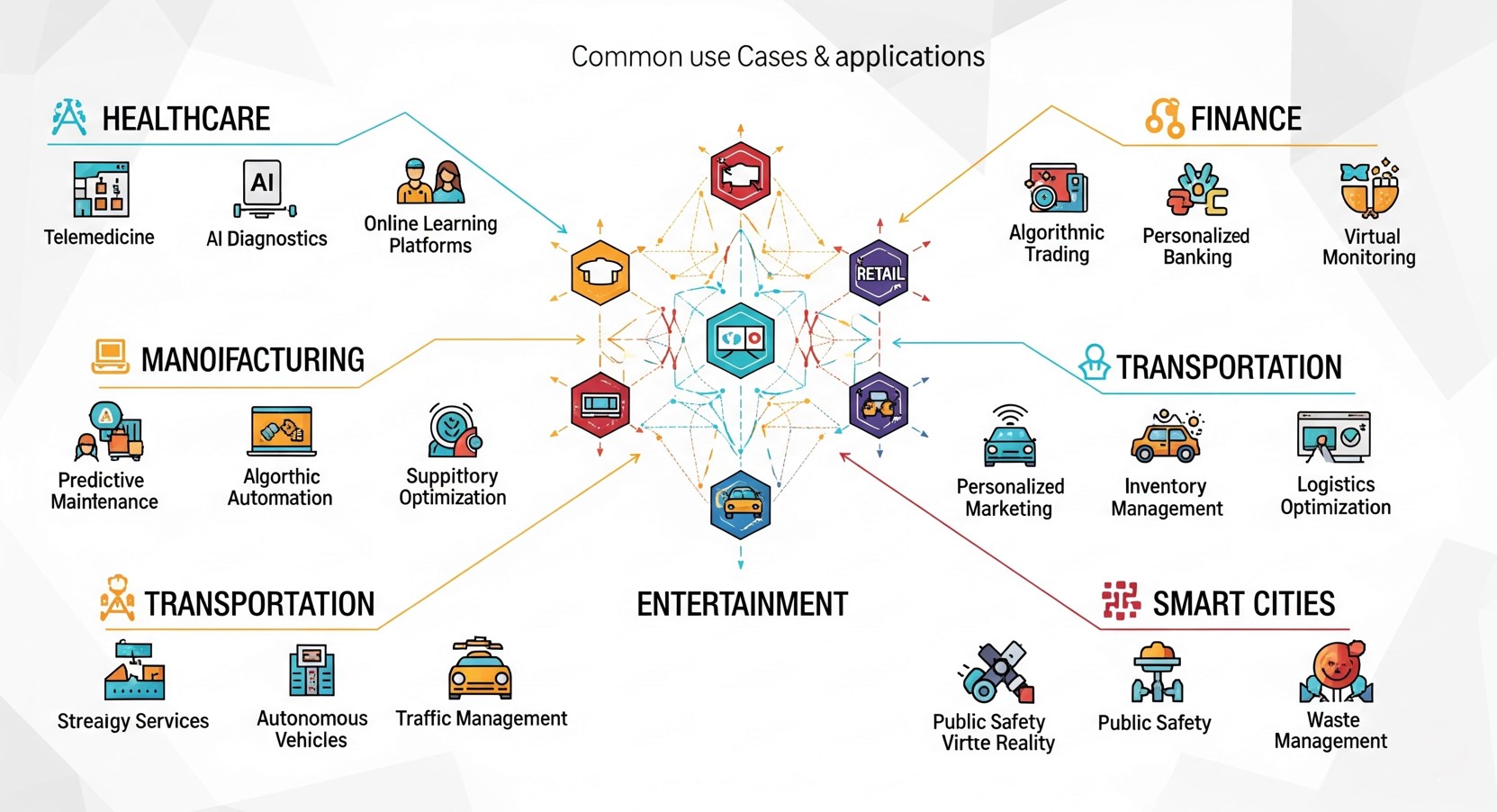
Invoice Processing
Accounts payable departments handle thousands of invoices annually. Automated data entry applications can extract vendor information, invoice numbers, dates, line items, and totals from invoices in various formats. The extracted data flows directly into accounting systems, accelerating payment processing and improving vendor relationships.
Customer Onboarding
New customer applications require extensive data collection. Automated systems can process application forms, identity documents, and supporting paperwork, extracting relevant information and populating customer management systems. This reduces onboarding time and improves customer experience.
Insurance Claims Processing
Insurance companies receive claims in multiple formats: paper forms, digital submissions, medical records, and supporting documentation. Automated data entry applications can process these diverse inputs, extract claim details, and update claims management systems, significantly reducing processing time.
Healthcare Records Management
Medical offices and hospitals process patient forms, insurance cards, prescription information, and test results daily. Automated systems can digitize this information and update electronic health records, ensuring accuracy while reducing administrative burden on healthcare staff.
Survey and Form Processing
Organizations conducting surveys or collecting form responses can benefit from automated data entry. Whether processing customer feedback forms, employee surveys, or research questionnaires, automated systems can extract responses and compile them into analytical databases.
Choosing the Right Automated Data Entry Solution
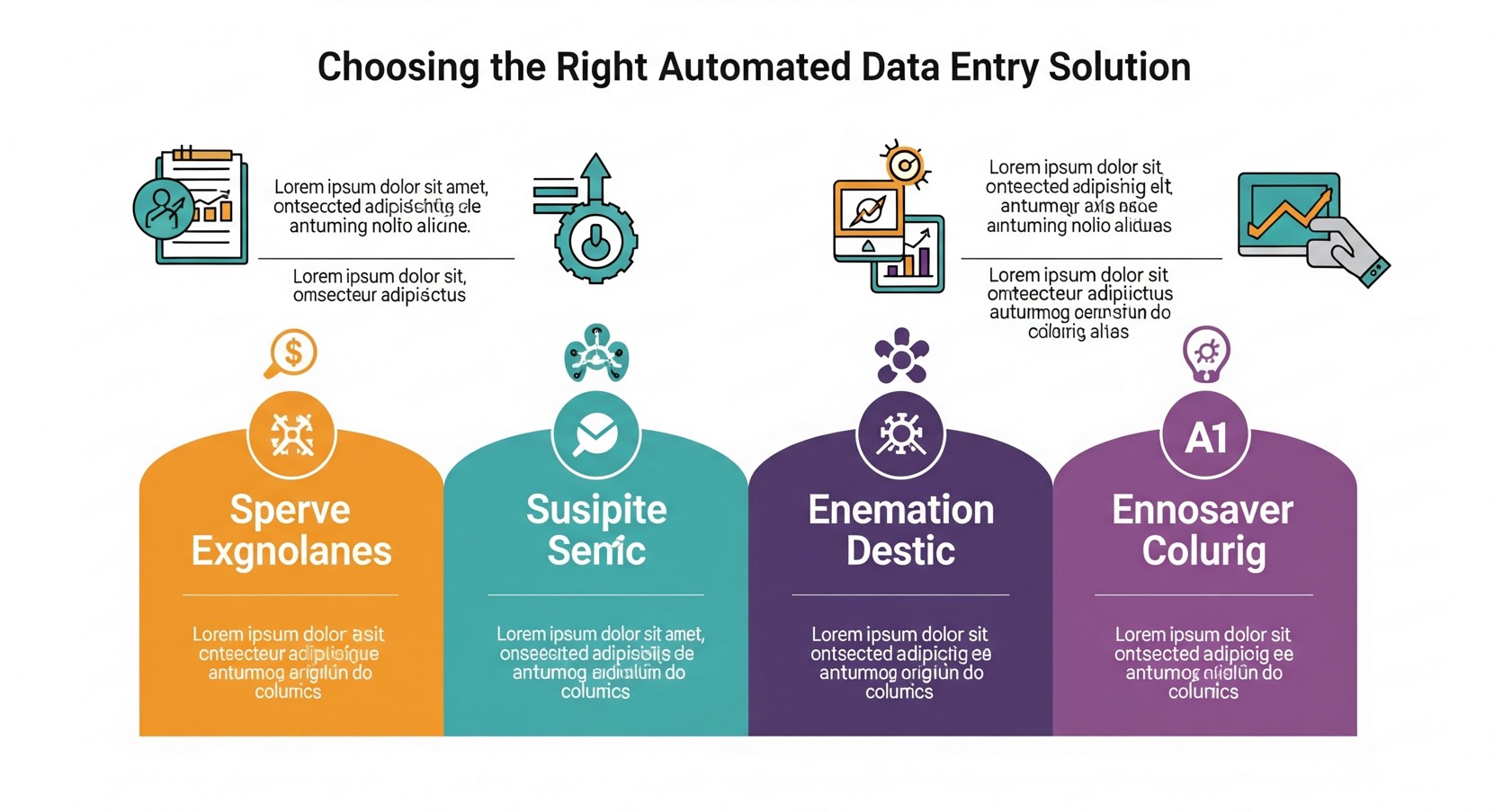
Document Types and Formats
Evaluate the types of documents your organization processes most frequently. Some solutions excel at structured forms with consistent layouts, while others handle unstructured documents with varying formats. Consider whether you need to process handwritten documents, as this requires advanced OCR capabilities.
Integration Requirements
Assess your existing software ecosystem. The ideal automated data entry application should integrate seamlessly with your current CRM, ERP, accounting, or database systems. Look for solutions offering APIs or pre-built connectors for your specific software stack.
Processing Volume
Consider your current and projected processing volumes. Some solutions are designed for small businesses processing hundreds of documents monthly, while others can handle enterprise-scale operations with thousands of daily transactions.
Accuracy Requirements
Different industries have varying accuracy requirements. Financial services might need 99.9% accuracy, while some industries can tolerate slightly lower rates in exchange for faster processing. Understand your accuracy needs before selecting a solution.
Security and Compliance
Ensure any automated data entry solution meets your industry’s regulatory requirements. Healthcare organizations need HIPAA compliance, financial services require SOC 2 certification, and European companies must consider GDPR implications.
Implementation Best Practices
Start with High-Volume, Repetitive Processes
Identify processes that consume significant employee time and involve repetitive data entry tasks. These represent the best opportunities for immediate return on investment and provide clear success metrics.
Prepare Your Data Infrastructure
Ensure your existing systems can receive and process the increased data flow from automated entry applications. This might require database optimization, API upgrades, or storage expansion.
Plan for Change Management
Automated data entry will change how employees work. Develop training programs to help staff transition from manual entry to system oversight and exception handling. Communicate the benefits clearly to gain employee support.
Establish Quality Control Processes
Even highly accurate automated systems benefit from quality control measures. Implement review processes for high-value transactions or complex documents, and establish procedures for handling exceptions that require human intervention.
Monitor and Optimize Performance
Track key metrics including processing speed, accuracy rates, and cost savings. Use this data to optimize system performance and demonstrate return on investment to stakeholders.
Overcoming Common Implementation Challenges
Data Quality Concerns
Organizations often worry about trusting automated systems with critical data. Address these concerns by starting with less critical processes and gradually expanding as confidence builds. Implement robust validation rules and exception handling procedures.
Integration Complexity
Connecting automated data entry applications to existing systems can seem daunting. Work with vendors who offer comprehensive integration support, and consider phased rollouts to minimize disruption.
Staff Resistance
Employees might fear job displacement due to automation. Address these concerns by emphasizing how automation eliminates tedious tasks, allowing staff to focus on more engaging, strategic work. Provide retraining opportunities for employees whose roles will change.
Document Variability
Real-world documents don’t always match templates perfectly. Choose solutions with machine learning capabilities that can adapt to document variations and improve recognition accuracy over time.
Measuring Success and ROI
Time Savings Calculation
Document the time required for manual processing before implementation. After deployment, measure the reduction in processing time and calculate the labor cost savings.
Accuracy Improvements
Track error rates before and after automation implementation. Factor in the cost of correcting errors when calculating total savings.
Employee Satisfaction
Survey employees about job satisfaction and workload changes. Automation should improve job satisfaction by eliminating repetitive tasks.
Customer Impact
Measure improvements in customer service metrics such as response times, processing delays, and customer satisfaction scores.
Future Trends in Automated Data Entry
Machine learning and artificial intelligence continue advancing automated data entry capabilities. Future developments will include improved handwriting recognition, better understanding of document context, and enhanced ability to process unstructured data.
Cloud-based solutions are making automated data entry more accessible to smaller organizations, while integration with robotic process automation (RPA) platforms creates comprehensive workflow automation solutions.
Natural language processing improvements will enable automated systems to understand and extract meaning from complex documents, moving beyond simple data extraction to intelligent document comprehension.
Transform Your Data Processing Today
Automated data entry represents a fundamental shift in how organizations handle information. The technology eliminates time-consuming manual processes, reduces errors, and frees employees to focus on strategic initiatives that drive business growth.
Success with automated data entry requires careful planning, appropriate tool selection, and thoughtful implementation. Start by identifying your highest-impact use cases, select a solution that integrates well with your existing systems, and implement quality control processes that ensure accuracy.
The organizations that embrace automated data entry today will gain significant competitive advantages through improved efficiency, reduced costs, and enhanced data quality. Don’t let your competitors gain the first-mover advantage—begin exploring automated data entry solutions for your organization now.


